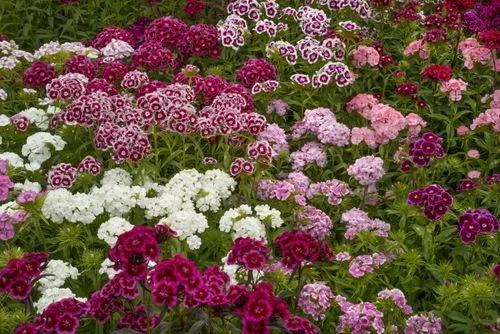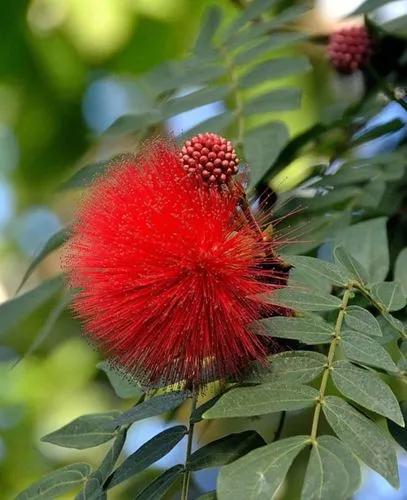The name strawflower (Xerochrysum bracteatum) doesn’t do much to excite the flower gardener—it might elicit images of a plant that's withered and tan—but the real strawflower blossom will bring vivid colors to your landscape and craft projects alike. Strawflowers resemble daisies in form, but unlike daisies, the petals are stiff and papery. In fact, they aren’t true petals at all, but modified leaves called bracts.Strawflowers were previously classified as a member of the genus Bracteantha but now are in the Xerochrysum genus. This Australian native is a part of the Asteraceae family, a group that includes many daisy-type flowers.
Strawflower Care
Xerochrysum Bracteatum



How to Care for the Plant

Water

These drought-tolerant flowers will still be blooming brightly in the garden after a week of dry weather, but don’t let them wither in an extended period of drought. A weekly drink will keep the flowers pert and fresh. Give them about 1 inch of water a week during the growing season if the rain hasn't already kept the soil moist. Don't let the roots of the plant get overly soggy.

Pruning

Strawflowers don't need to be pruned regularly. However, deadheading the plant will keep the flowers blossoming.

Fertilizer

Although not heavy feeders, a monthly application of balanced flower fertilizer will keep your strawflowers blooming steadily. Strawflowers grown in containers need more fertilizing than those planted in the garden.

Sunlight

Strawflowers thrive in full sun, although they can tolerate part shade. In the latter case, they won't bloom quite as much. Growing strawflowers in full sun will help prevent weak stems that flop.

Soil

Sandy and rocky soils are preferred over rich and heavy soils, but any soil is fine as long as excellent drainage is present. Add mulch to retain soil moisture and even the soil temperatures. When planting in the garden, dig up the soil to a depth of 10 to 12 inches and blend in 3 inches of compost.

Temperature

Strawflowers do best in temperatures of 65 to 70 degrees Fahrenheit during the day and 60 degrees at night. Strawflowers are not frost-tolerant, so they grow best in warm weather, and they prefer low humidity.

Popularity

1,158 people already have this plant 195 people have added this plant to their wishlists
Discover more plants with the list below
Popular articles






